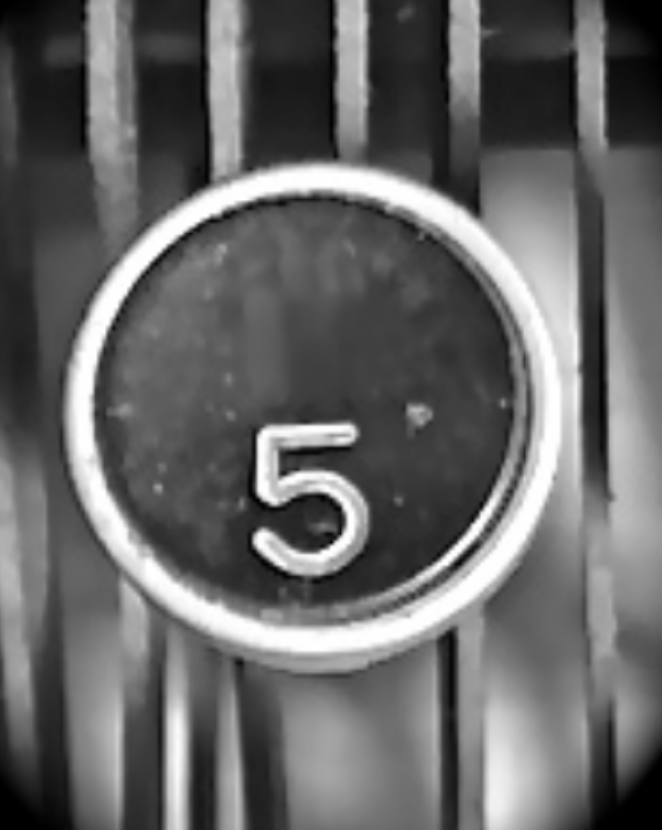5 Hot Books: A Heart-Stopping Holocaust Mystery, Chemotherapy's Surprising Origins, and More
/1. The Unanswered Letter: One Holocaust Family’s Desperate Plea for Help by Faris Cassell (Regnery History)
“We are seized with fright. … I beg you,” wrote Alfred Berger from Vienna in August 1939, on the eve of World War II, in a desperate plea to an American stranger with whom he shared a last name, for an “affidavit” that would allow him and his wife to join their daughters for whom they had engineered an escape. Tragically, the Bergers perished in the Holocaust. Half a century later, serendipitously, a patient of Cassell’s physician husband shared the letter with him. Cassell, a journalist, embarked on a mission to learn what happened to Alfred and Hedwig Berger, their daughters, Martha and Gretl, and their relatives and descendants scattered across Austria, Belarus, the Czech Republic, and Israel as well as North and South America. Through her determined investigation, Cassell illuminates a hitherto unknown chapter of the Holocaust: the heart-stopping story of Alfred and Hedwig Berger, “a blind salesman of socks and a homemaker with a song in her heart.”
2. The Great Secret: The Classified World War II Disaster that Launched the War on Cancer by Jennet Conant (W.W. Norton)
Winston Churchill and Dwight Eisenhower tried to suppress the embarrassing news of a 1943 naval disaster in which German bombers sank an American Liberty ship carrying a secret cargo of mustard bombs, an episode the media dubbed “little Pearl Harbor.” Sailors became violently and oddly ill; mysteriously their eyes and throats were inflamed and their skin burned and blistered, yet their hair and eyebrows remained, and many of them died of pneumonia. The hero of Conant’s riveting saga, Lt. Col. Stewart Francis Alexander, an Allied physician in charge of the Chemical Warfare Service, was summoned to the scene. As he treated the ill, he noticed an interesting connection to his ongoing research studying the toxic effects of mustard on white blood cells. Alexander connected with Col. Cornelius P. Rhoads, later head of the Sloan Kettering Institute for Cancer Research, who used this research to generate experimental cancer treatments using nitrogen mustard. With a keen understanding of medical science, cancer, and the history of World War II, as well as an amazing range of sources, Conant dramatically illuminates a dark moment in history that eventually led to the medical breakthrough of chemotherapy.
3. Three Rings: A Tale of Exile, Narrative, and Fate by Daniel Mendelsohn (University of Virginia Press)
In his supple, slender book, Mendelsohn links three exiled writers – Erich Auerbach, the Jewish philologist who fled Hitler’s Germany and wrote Mimesis; 17th-century French archbishop François Fénelon, author of The Adventures of Telemachus, sequel to Homer’s Odyssey; and German novelist W.G. Sebald, self-exiled in England, with The Rings of Saturn – in a meditation on displacement and storytelling. Using the ring composition technique, in which the narrative seems to meander into digression, Mendelsohn ingeniously turns his straying into the end of the circle, the point from which it had strayed. More than a master class in literary analysis, Three Rings is Mendelsohn’s distinctive, genre-defying inspiration.
4. The Boy in the Field by Margot Livesey (HarperCollins)
Three teenage siblings walking home from school in a town on the outskirts of Oxford, England, discover an unconscious boy left in a field, and save his life, but in Livesey’s psychologically smart and suspenseful novel, the violence leaves no one untouched. Family bonds are destroyed, as this crime upends each of their lives and the victim and his rescuers react in wildly different ways. Livesey brilliantly intercuts among the perspectives of those dealing with the psychological aftermaths of this chance encounter in her mournful and gripping novel.
5. Each of Us Killers by Jenny Bhatt (7.13 Books)
In her compelling debut collection of 15 stories, Bhatt captures the fraught lives of Indians and immigrants, those who remain in their tiny villages and those who travel as far as the American Midwest or England. Bhatt’s nuanced, finely-honed collection captures a wide range of characters, from an Ahmedabad live-in maid to an Indian American engineer, and in each story Bhatt peels back shells of self-awareness, revealing understandings of the often subtle distinctions of gender, race, and family expectations that define and confine them. In her Bhatt’s powerful title story, a Mumbai journalist meets with Dalit men in the tiny village of Saakarpada, and even though they are of the same caste, they withhold certain truths from him because they believe he cannot understand local life. “Yes, it is true we do the filthy work no one else will: cleaning toilets, skinning cows, even cremating the dead.”










